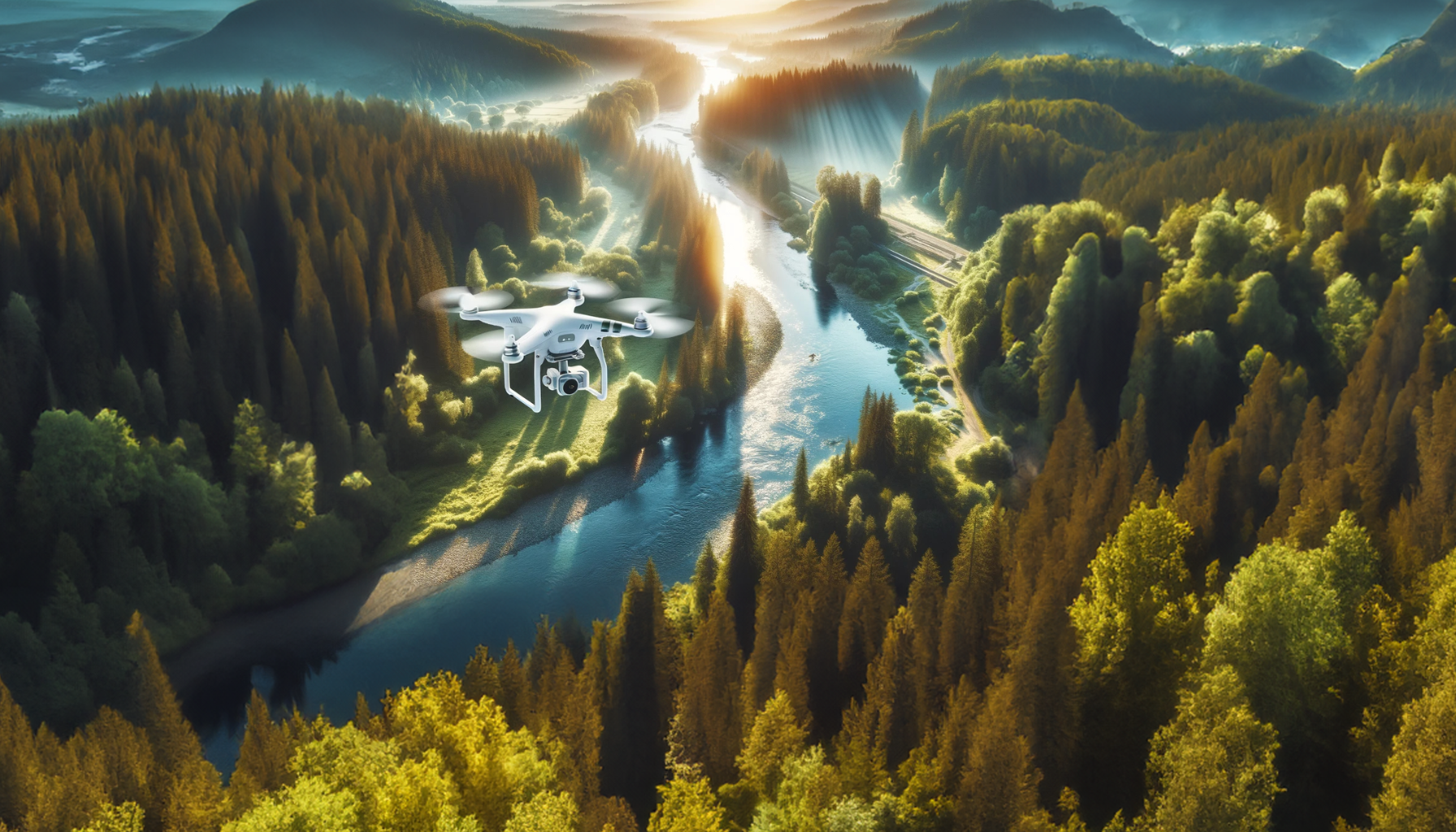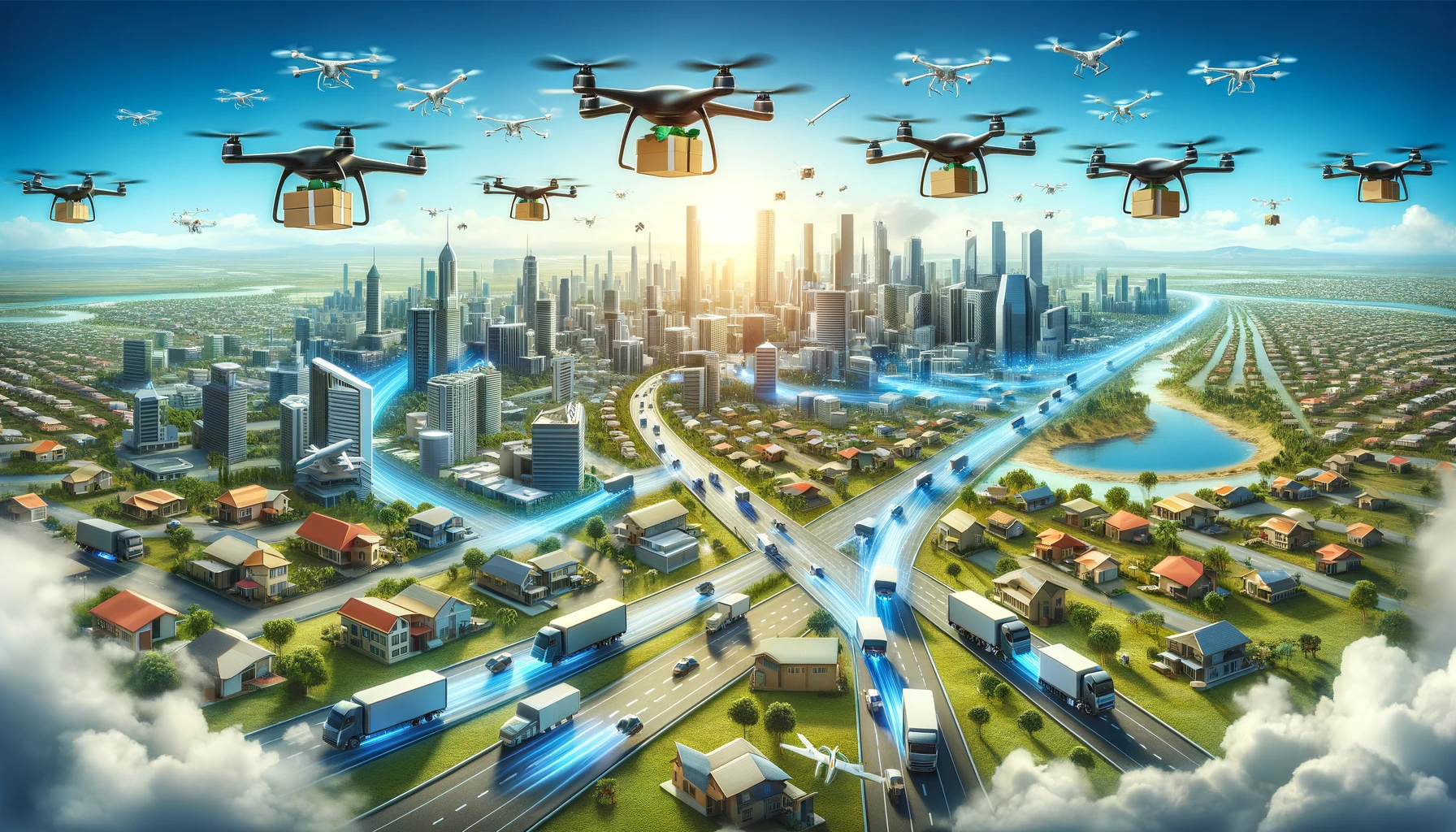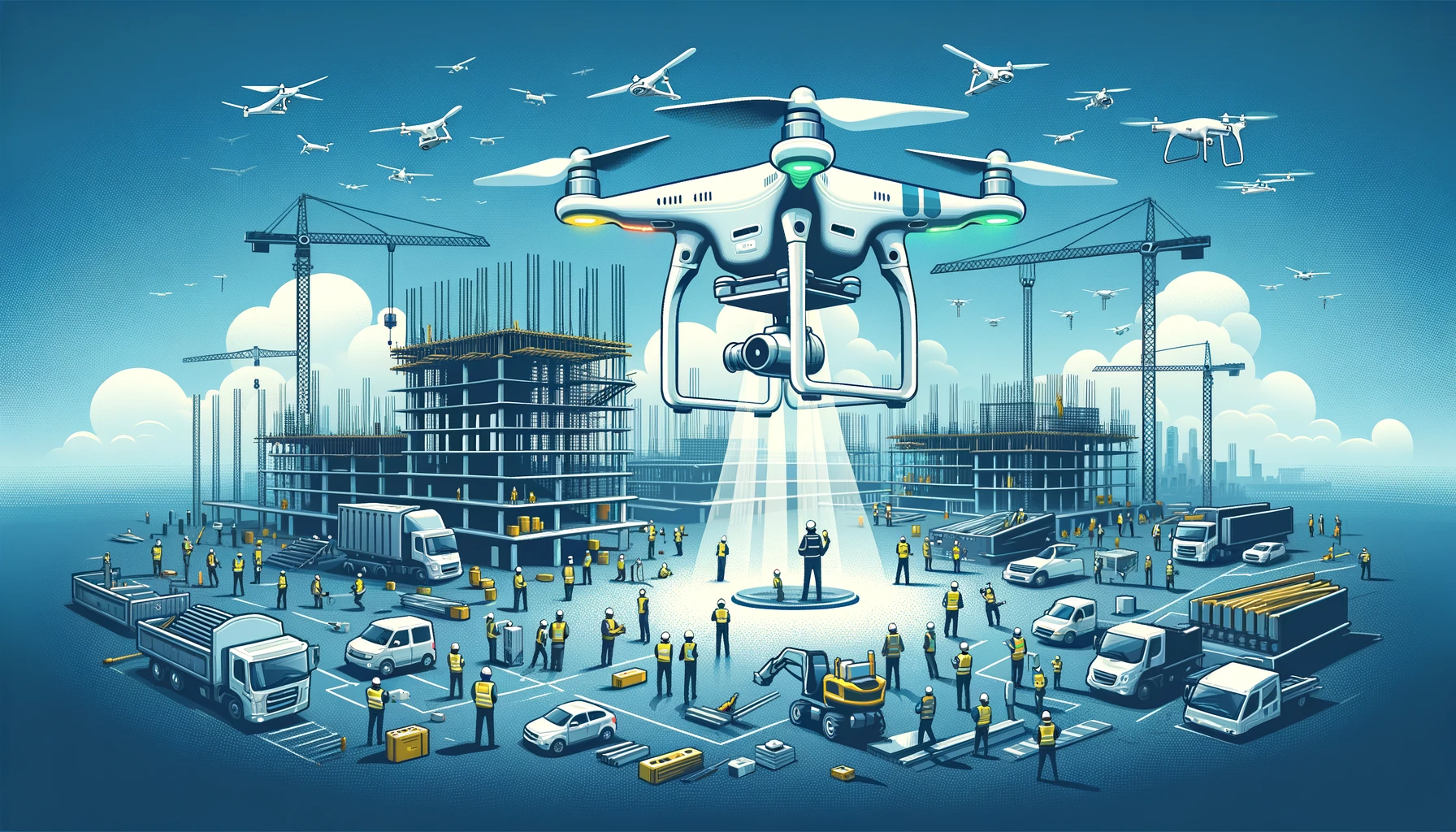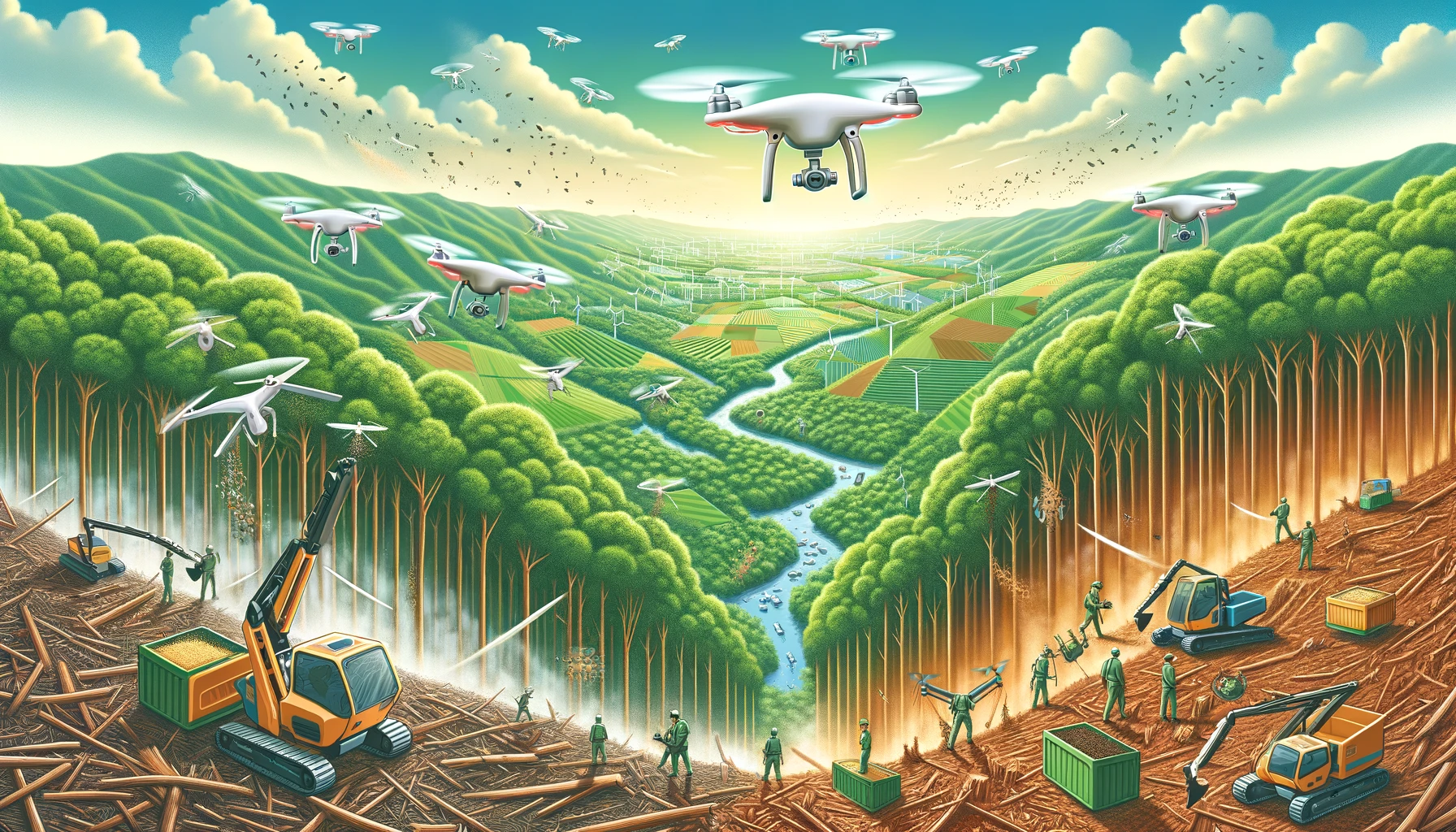Drones, also known as unmanned aerial vehicles (UAVs), are aircraft that operate autonomously or by remote control, with no onboard pilot. These devices range from small to medium-sized and are utilized in various sectors, including military operations, package delivery, and aerial photography.
How Drones Work
Drones combine hardware and software, including rotors, propellers, sensors, navigation systems, and gyroscopes, to achieve flight. Essential components also encompass ground control stations (GCS), payloads for carrying items, and data links for communication with operators.
Applications of Drone Technology
Drones have revolutionized several fields:
Photography and Videography: Expanding the possibilities for capturing aerial shots and videos.
Delivery Services: Streamlining the “last mile” delivery process for retailers.
Search and Rescue: Enhancing the efficiency and safety of rescue operations.
Agriculture: Offering new methods for farm optimization and monitoring.
Surveillance: Providing law enforcement and military with advanced monitoring capabilities.
Personal Use: Becoming more accessible for recreational purposes.
Wildlife Monitoring and Conservation: Aiding in tracking animal populations and reforestation efforts.
3D Modeling: Facilitating the creation of accurate 3D models with drones equipped with LiDAR sensors.
Types of Drones
The document describes various drones, including multi-rotor, single-rotor, fixed-wing, and hybrid VTOL drones, each catering to specific needs and applications.
Future Prospects and Challenges
The global drone market is expected to exceed $101 billion by 2032, driven by technological advances and increasing applications. However, concerns such as privacy, ethical use, and regulatory challenges pose significant hurdles.
Regulations on Drone Usage
The Federal Aviation Administration (FAA) in the U.S. has set guidelines for drone operations, covering weight restrictions, registration, and flight rules. These regulations are categorized under general, recreational, commercial, and international operations, ensuring safety and compliance in the airspace.
Conclusion
Drone technology presents a blend of innovation and versatility, impacting various industries profoundly. Despite the challenges, its continued evolution and integration promise a future where drones play a pivotal role in shaping our world. As regulations evolve and technology advances, the potential for drones will only expand, offering exciting prospects for businesses, governments, and individuals alike.
This structured overview provides a glimpse into the dynamic world of drones, underscoring their significance, versatility, and the regulatory landscape shaping their use today and in the future.



